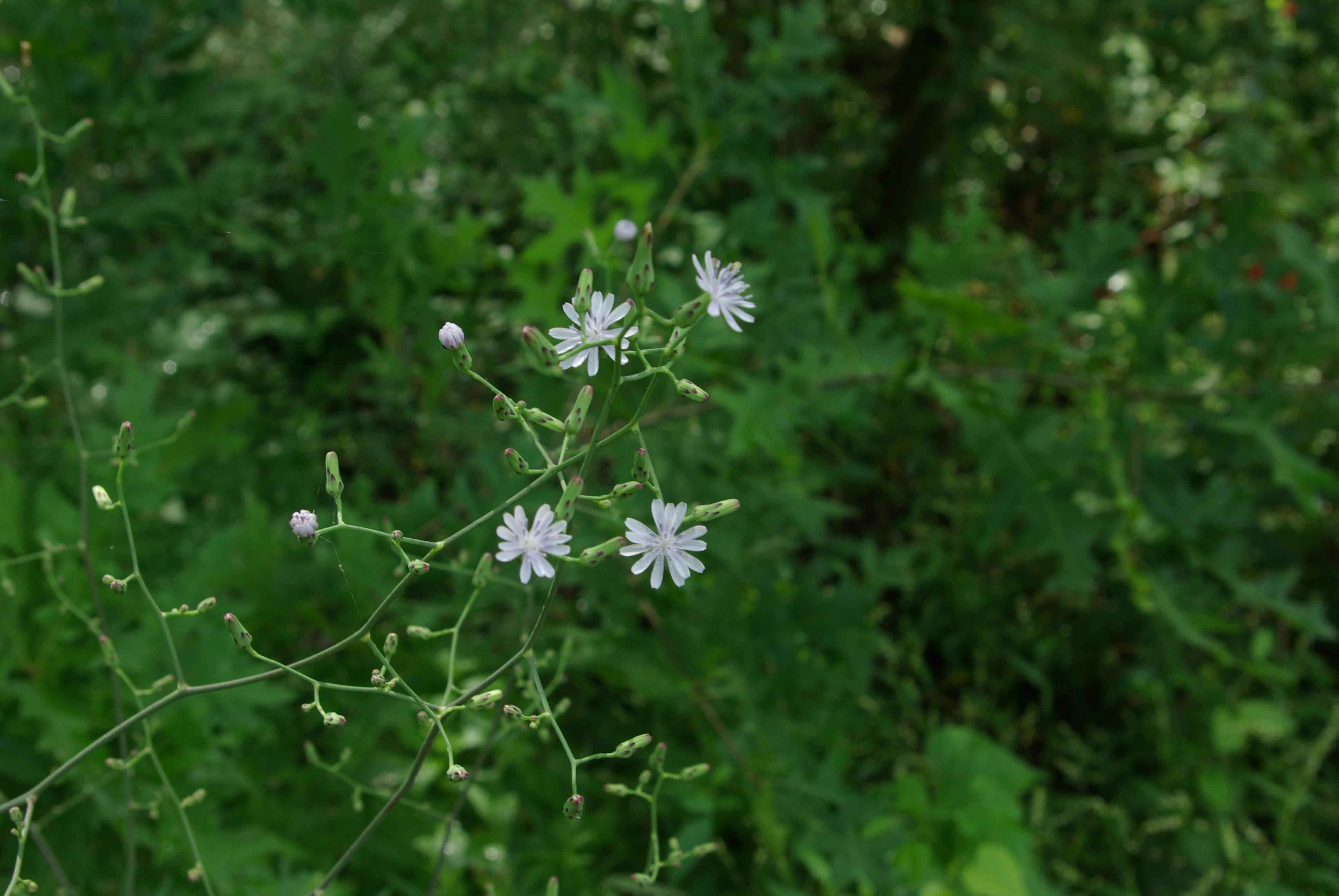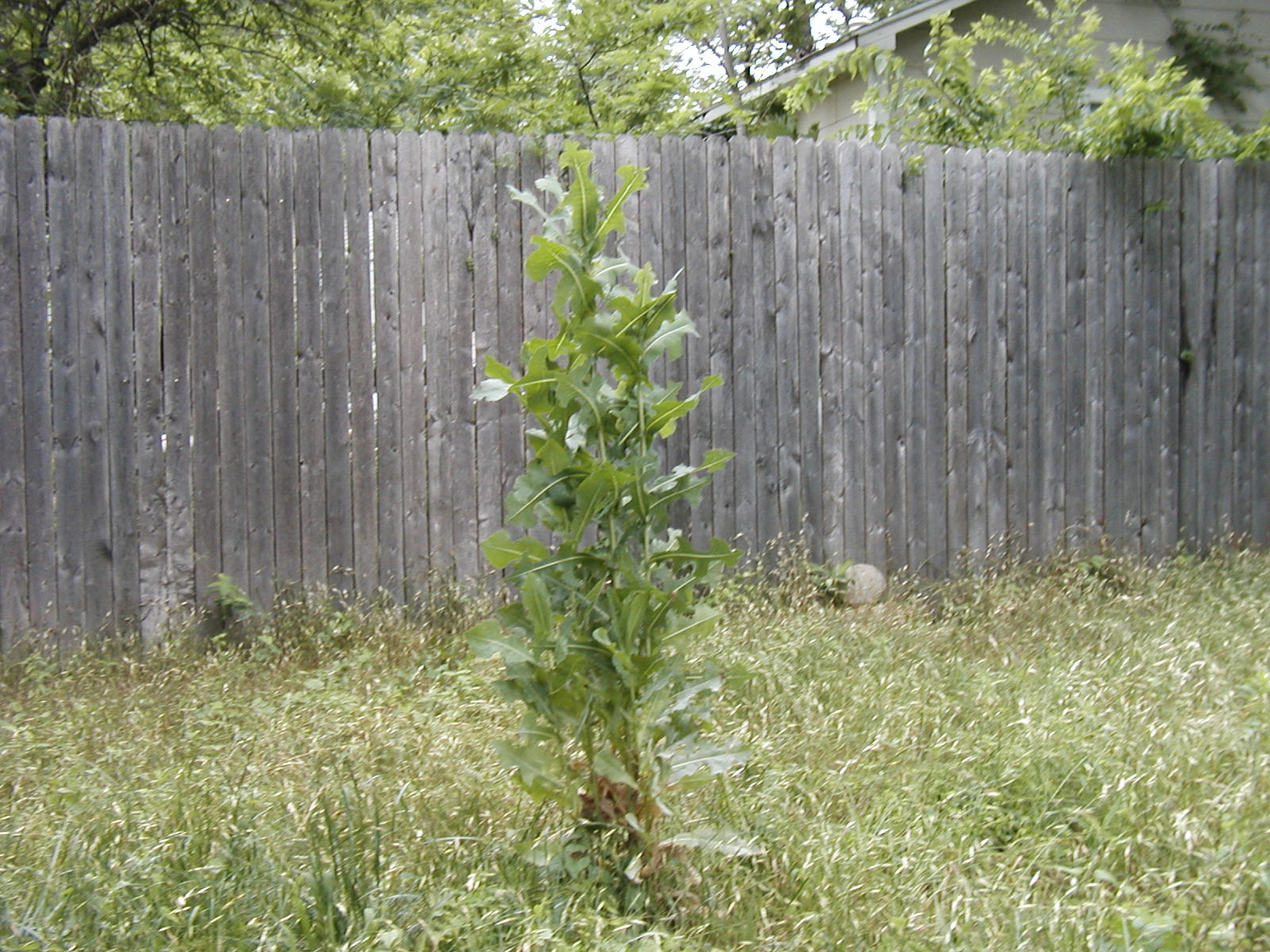|
Wild Lettuce
Wild lettuce is a common name for several lactucarium-containing plants related to lettuce (''Lactuca sativa''). The name most often refers to ''Lactuca virosa'' (Europe, Asia, introduced to North America), though it may also refer to: * ''Lactuca canadensis'' (North America) * '' Lactuca ludoviciana'' (NW America) * ''Lactuca serriola'' (Southern Europe) * ''Lactuca quercina ''Lactuca quercina'' is a species of wild lettuce native to Europe and Asia. It is an annual or biennial herb in the tribe Cichorieae within the family Asteraceae growing from a taproot to maximum heights of or more. ''Lactuca quercina'' co ...'' (Eurasia) * '' Lactuca floridana'' (North America) {{Plant common name Lactuca Lettuce Medicinal plants ... [...More Info...] [...Related Items...] OR: [Wikipedia] [Google] [Baidu] |
Lactuca Canadensis
''Lactuca canadensis'' is a species of wild lettuce known by the common names Canada lettuce, Canada wild lettuce, and tall lettuce. Its true native range is not clear, but it is considered to be a native of the eastern and central parts of North America. It naturalized in the western part of the continent as well as in Eurasia.''Lactuca canadensis''. The Jepson eFlora 2013. Generally, ''Lactuca canadensis'' is a biennial herb in the daisy family growing from a to maximum heights of or more. The [...More Info...] [...Related Items...] OR: [Wikipedia] [Google] [Baidu] |
Lactuca Floridana
''Lactuca floridana'', commonly known as woodland lettuce, Florida lettuce, or false lettuce, is a North American species of wild lettuce. It is native across much of central Canada and the eastern and central United States. ''Lactuca floridana'' is an annual or biennial plant in the Cichorieae (dandelion) tribe within the Asteraceae (daisy) family. ''Lactuca floridana'' was found to contain 11β,13-Dihydro-lactucin-8-O-acetate hemihydrate. Description ''L. floridana'' is a tall plant, growing to a height of . It is usually unbranched with a central stem that is light or reddish green and hairless. It has a pure white, milky sap. The leaves are alternate, lanceolate-oblong, and up to long and across. The largest leaves are often deeply pinnately lobed, although the leaves in general are variable and can be lobed or unlobed. The top of the stem bears a multibranched inflorescence with many flower heads. Each head contains 10–20 blue or white ray florets but no disc floret ... [...More Info...] [...Related Items...] OR: [Wikipedia] [Google] [Baidu] |
Lactucarium
Lactucarium is the milky fluid secreted by several species of lettuce, especially ''Lactuca virosa'', usually from the base of the stems. It is known as lettuce opium because of its sedative and analgesic properties. It has also been reported to promote a mild sensation of euphoriant, euphoria. Because it is a latex, lactucarium physically resembles opium, in that it is excreted as a white fluid and can be reduced to a thick smokable solid. Although the effect is not that comparable, with opium being so much more potent, it still is effective in people who have no opioid tolerance. History "Lettuce opium" was used by the ancient Egyptians, and was introduced as a drug in the United States as early as 1799. The drug was prescribed and studied extensively in Poland during the nineteenth century, and was viewed as an alternative to opium, weaker but lacking side effects, such as not being highly addictive, and in some cases preferable. However, early efforts to isolate an act ... [...More Info...] [...Related Items...] OR: [Wikipedia] [Google] [Baidu] |
Lettuce
Lettuce (''Lactuca sativa'') is an annual plant of the family Asteraceae mostly grown as a leaf vegetable. The leaves are most often used raw in Green salad, green salads, although lettuce is also seen in other kinds of food, such as sandwiches, wraps and soups; it can also be grilled. Its stem and seeds are sometimes used; celtuce (asparagus lettuce) is one variety grown for its stems, which are eaten either raw or cooked. In addition to its main use as a leafy green, it has also gathered religious and medicinal significance over centuries of human consumption. Europe and North America originally dominated the market for lettuce, but by the late 20th century the consumption of lettuce had spread throughout the world. , world production of lettuce (and chicory) was 27 million tonnes, 53percent of which came from China. Lettuce was originally farmed by the ancient Egyptians, who transformed it from a plant whose seeds were used to obtain oil into an important food crop raised fo ... [...More Info...] [...Related Items...] OR: [Wikipedia] [Google] [Baidu] |
Lactuca Virosa
''Lactuca virosa'' is a plant in the ''Lactuca'' (lettuce) genus, often ingested for its mild analgesic and sedative effects. It is related to common lettuce (''Lactuca sativa, L. sativa''), and is often called wild lettuce, bitter lettuce, laitue vireuse, opium lettuce, poisonous lettuce, tall lettuce, great lettuce or rakutu-karyumu-so. Description ''Lactuca virosa'' is Biennial plant, biennial, similar to prickly lettuce ''Lactuca serriola'' but taller – it can grow to 200 cm (80 inches or almost 7 feet). It is also stouter, the stem and leaves are more purple flushed, and the leaves are less divided, but more spreading, similarly to ''Mycelis muralis'' but showing more than 5 florets. The achene is purple black, without bristles at the tip. The Pappus (flower structure), pappus is the same as ''Lactuca serriola''. In the northern hemisphere, it flowers from July until September. Distribution Found coastally in Great Britain, rarely in north-east of Ireland. ''Lactu ... [...More Info...] [...Related Items...] OR: [Wikipedia] [Google] [Baidu] |
Lactuca Ludoviciana
''Lactuca ludoviciana'', the biannual lettuce, is a North American species of wild lettuce. It is widespread across much of central and western Canada and the western and central United States from Ontario west to British Columbia and south to Louisiana, Texas, and California. Most of the known populations are on the Great Plains; populations west of there may well represent naturalizations. ''Lactuca ludoviciana'' is a biennial herb in the dandelion tribe within the daisy family growing from a taproot a height of up to 150 cm (5 feet). The top of the stem bears a multibranched inflorescence with many flower heads. Each head contains 20-50 yellow ray florets but no disc florets. It has been seen to hybridize wildly with ''Lactuca canadensis ''Lactuca canadensis'' is a species of wild lettuce known by the common names Canada lettuce, Canada wild lettuce, and tall lettuce. Its true native range is not clear, but it is considered to be a native of the eastern and central ... [...More Info...] [...Related Items...] OR: [Wikipedia] [Google] [Baidu] |
Lactuca Serriola
''Lactuca serriola'', also called prickly lettuce, milk thistle (not to be confused with '' Silybum marianum'', also called milk thistle), compass plant, and scarole, is an annual or biennial plant in the tribe Cichorieae within the family Asteraceae. It has a slightly fetid odor and is commonly considered a weed of orchards, roadsides and field crops. It is the closest wild relative of cultivated lettuce ('' Lactuca sativa'' L.). ''Lactuca serriola'' is native to Eurasia and north Africa, and has become naturalized elsewhere. Description ''Lactuca serriola'' has a spineless reddish stem, containing a milky latex, growing up to . The leaves get progressively smaller as they reach its top. They are oblong or lanceolate, often pinnately lobed and (especially for the lower leaves), waxy grey green. Fine spines are present along the veins and leaf edges. The undersides have whitish veins. They emit latex when cut. The flower heads are wide, pale yellow, often tinged purple, ... [...More Info...] [...Related Items...] OR: [Wikipedia] [Google] [Baidu] |
Lactuca Quercina
''Lactuca quercina'' is a species of wild lettuce native to Europe and Asia. It is an annual or biennial herb in the tribe Cichorieae within the family Asteraceae growing from a taproot to maximum heights of or more. ''Lactuca quercina'' contains lactucarium, which is the milky sap (white latex) that flows through the stem, leaves, and roots of the plant. It is used as a medicinal herb when dried after contact with air. It may be used as medicinal treatments for its anodyne, antispasmodic, digestive, diuretic, hypnotic, narcotic, and sedative properties. Concentrations of lactucarium are low in young plants, but increase in older plants, occurring highest when in blooming period. Sap may be applied to skin in use for treatment of external warts. Although the standard definition of lactucarium requires its production from ''Lactuca virosa ''Lactuca virosa'' is a plant in the ''Lactuca'' (lettuce) genus, often ingested for its mild analgesic and sedative effects. It i ... [...More Info...] [...Related Items...] OR: [Wikipedia] [Google] [Baidu] |
Lactuca
''Lactuca'', commonly known as lettuce, is a genus of flowering plants in the family Asteraceae. The genus includes at least 50 species, distributed worldwide, but mainly in temperate Eurasia. Its best-known representative is the garden lettuce (''Lactuca sativa''), with its many varieties. "Wild lettuce" commonly refers to the wild-growing relatives of common garden lettuce. Many species are common weeds. ''Lactuca'' species are diverse and take a wide variety of forms. They are annuals, biennials, perennials, or shrubs. Their flower heads have yellow, blue, or white ray florets. Some species are bitter-tasting. Most wild lettuces are xerophytes, adapted to dry habitat types. Some occur in more moist areas, such as the mountains of central Africa. Diversity There are different concepts of the species within ''Lactuca''. It is not clear how many distinct species are known, and estimates vary from 50 [...More Info...] [...Related Items...] OR: [Wikipedia] [Google] [Baidu] |
Lettuce
Lettuce (''Lactuca sativa'') is an annual plant of the family Asteraceae mostly grown as a leaf vegetable. The leaves are most often used raw in Green salad, green salads, although lettuce is also seen in other kinds of food, such as sandwiches, wraps and soups; it can also be grilled. Its stem and seeds are sometimes used; celtuce (asparagus lettuce) is one variety grown for its stems, which are eaten either raw or cooked. In addition to its main use as a leafy green, it has also gathered religious and medicinal significance over centuries of human consumption. Europe and North America originally dominated the market for lettuce, but by the late 20th century the consumption of lettuce had spread throughout the world. , world production of lettuce (and chicory) was 27 million tonnes, 53percent of which came from China. Lettuce was originally farmed by the ancient Egyptians, who transformed it from a plant whose seeds were used to obtain oil into an important food crop raised fo ... [...More Info...] [...Related Items...] OR: [Wikipedia] [Google] [Baidu] |




